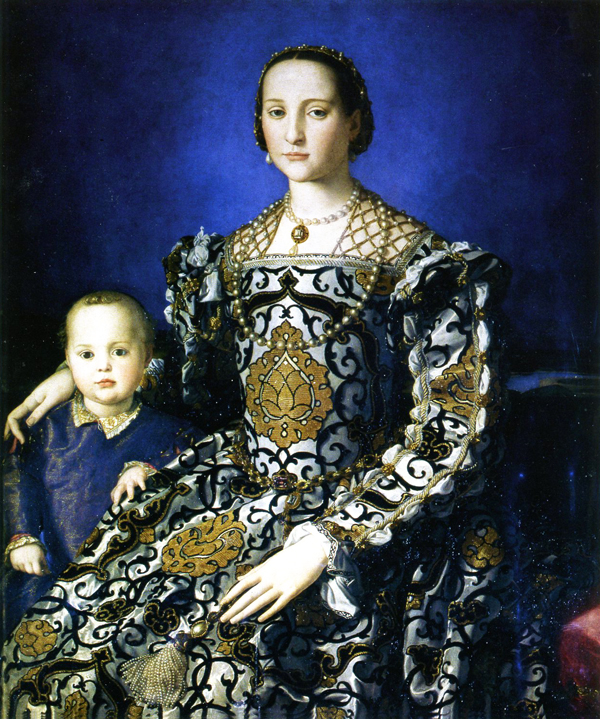Lisa Monnas; V & A Publishing, London 2012, ISBN 978-1-85177-656-6; 140 pages, 117 colour and 11 b/w ills., English text; £ 35
The author is a textile historian specialising in medieval and Renaissance European silks. Her publication “Merchants, Princes and Painters 1300-1550”, reviewed in TF 1/09, previously caught our attention. This book is dedicated to the rare silks in the collection of the Victoria & Albert Museum. Velvet and silk fabrics began to be woven in Europe in the 13th century and were brought to perfection during the 15th and 16th centuries. Velvet weaving originated in the east, probably in the Mongolian Empire. European weaving centres were Valencia in Spain and Paris. However, the most important workshops were established in Italy, first in Lucca and later also in Florence, Genoa, Venice and Milan. Lyon, where weaving began in 1515, only became a serious contender from the 17th century onwards. Bursa, the old capital of the Ottoman Empire, developed into a silk weaving centre as of 1451.
In the first half of her book, Lisa Monnas describes silk velvet production, including the weavers’ earnings and the rules of the guilds, such as the 5-year ban on working for quality fraud. The descriptions are very exact, detailing the points to consider when dating items; for instance, it is significant that cochineal dyes did not appear in Spain until 1523 and Italy until 1540. Although such details tend to be of more importance to specialists, the text is also an easy read for lay persons.
The second part presents a splendidly illustrated catalogue comprising 50 velvet objects and fragments selected from the V&A collection, which includes over 100 such items in total. They are individually discussed in terms of make, use of colour, producer, user etc. Items include ecclesiastical garments, a cape, a carpet and many fabric sections or clothing fragments.
A glossary, a selected bibliography and explanations of dyes conclude this highly commendable publication.
Note: This book was reviewed in TF4/2012, p.37
